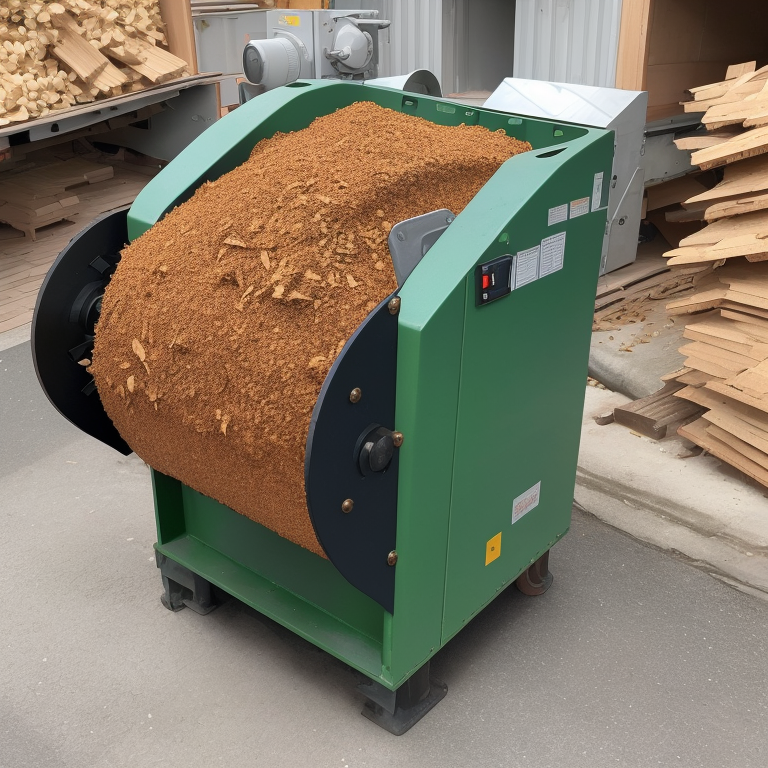When it comes to machinery maintenance and replacements, the choice between ‘Wear Parts’ and Original Equipment Parts is a critical decision that can significantly impact performance, cost efficiency, and longevity. It’s a decision that every machinery operator faces at some point, and it’s far from trivial. In this article, we aim to delve deeper into this topic and provide a comprehensive and balanced comparison of both options, allowing you to make an informed choice. Visit the homepage to learn more.
Understanding ‘Wear Parts’ and Original Equipment Parts
Let’s start by gaining a clear understanding of what we mean by ‘Wear Parts’ and Original Equipment Parts. ‘Wear Parts’ are components specifically designed to wear out over time, strategically placed in machinery to protect more critical components. These parts are often crafted from hardwearing materials like carbide or hardened steel. They are commonly found in industries such as mining, construction, and agriculture, where the machinery operates in demanding environments.
On the other hand, Original Equipment Parts are the components that come with the machinery when it is purchased. These parts are manufactured by the original equipment manufacturer (OEM) and are designed to fit and function seamlessly with the specific machinery model. They offer the advantage of compatibility and the assurance of reliable performance.
Comparing ‘Wear Parts’ and Original Equipment Parts
Now, let’s delve into the comparison between ‘Wear Parts’ and Original Equipment Parts in terms of performance, cost efficiency, and longevity.
Performance: ‘Wear Parts’ are specifically designed to withstand wear and tear, often exhibiting high durability and extended lifespan. They excel in environments where machinery faces harsh conditions and encounters abrasive materials. Original Equipment Parts, being designed by the manufacturer for their specific machinery, offer compatibility and can provide optimal performance. However, their design may not always prioritize extreme wear resistance.
Cost Efficiency: The cost efficiency analysis usually favors ‘Wear Parts’ in the long run. While the upfront investment for ‘Wear Parts’ might be higher, their superior durability often translates into fewer replacements over time, resulting in cost savings. On the other hand, Original Equipment Parts may be initially cheaper, but they may require more frequent replacements due to lower wear resistance, potentially increasing long-term costs.
Longevity: ‘Wear Parts’ often exhibit exceptional longevity due to their specialized design and materials. They are built to withstand the specific wear and tear conditions of the machinery. Original Equipment Parts, although designed for compatibility and performance, may not always match the extended lifespan of ‘Wear Parts’ in demanding applications.
Case Studies
To provide practical examples, let’s consider a couple of real-life case studies where the choice between ‘Wear Parts’ and Original Equipment Parts made a significant impact:
Case Study 1: In a heavy-duty construction project, the use of carbide ‘Wear Parts’ in the excavator bucket led to extended longevity and reduced downtime compared to using Original Equipment Parts. The wear-resistant carbide parts outperformed the standard parts in abrasive soil conditions, resulting in improved efficiency and cost savings.
Case Study 2: In a manufacturing facility with complex machinery, sticking to Original Equipment Parts ensured seamless compatibility and optimized performance. The manufacturer’s expertise in designing these parts specifically for their equipment played a crucial role in maintaining optimal functionality, reducing the risk of unexpected breakdowns, and minimizing production interruptions.
Conclusion
Choosing between ‘Wear Parts’ and Original Equipment Parts depends on various factors, including the machinery type, operating conditions, and budget considerations. While ‘Wear Parts’ often offer superior durability, cost efficiency, and longevity, Original Equipment Parts provide compatibility and assurance. It’s crucial to assess your specific needs, consult with industry experts, and evaluate case studies to make an informed decision.
